 Inside Story goes where other tabloids tread—then claims not to have gone there. 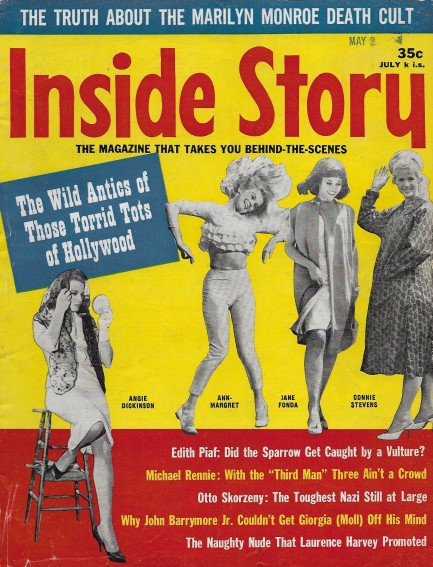
It's been a few years since we posted an issue of Inside Story, but we don't run out of tabloids, we just run out of time to scan them. Today, though, there's time aplenty, so above you see an issue that appeared this month in 1963 with a cover touting a feature on the new generation of young actresses in Hollywood taking over from Brigitte Bardot, Kim Novak, and Marilyn Monroe. At the time, Bardot was twenty-nine and Novak was thirty-five. Those aren't exactly geriatric years for actresses, even back then, but Inside Story said there was a young new guard: Angie Dickinson, Ann-Margret, Jane Fonda, Connie Stevens, Tuesday Weld, and Julie Newmar. Dickinson was actually older than both Bardot and Novak, but we get the general point.
Later in the issue there's a story dedicated to Monroe that describes her fans as a death cult. The interesting aspect of this is that the author Kevin Flaherty accuses people of obsessing over Monroe—while himself obsessing over Monroe. The gist of his article is that a cottage industry of films, books, and magazine articles were cashing in on her suicide, which had occurred the previous August. This was, of course, shaky ground for any tabloid to tread upon, as they all made their profits via unauthorized articles about various celebrities, which one could define as exploitative by nature. But never let the facts get in the way of a good story angle.
Flaherty tells readers that Monroe's life was marred by abandonment, depression, and rape, and suggests that if she had been given a little peace by constantly clamoring fans and intrusive reporters she might not have taken that fatal dose of pills. We think it's just as valid to conclude that without stardom she wouldn't have lasted as long as she did. Since she isn't around anymore to speak for herself (she'd be ninety-six this year), we view her on the terms she chose. She started as a model and worked hard to become an actress, and we think those achievements are far more important than what she had no control over. But there will always be debate over Monroe's legacy, and Inside Story shows that the discussion was already in full swing. Twenty-plus scans below.
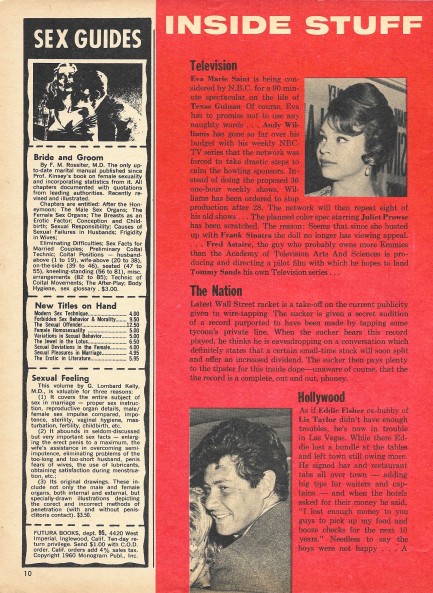 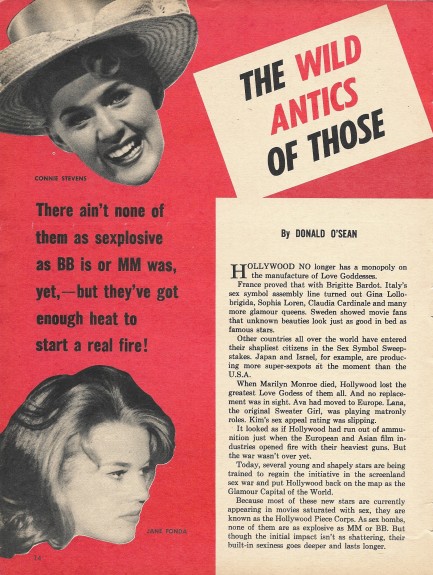 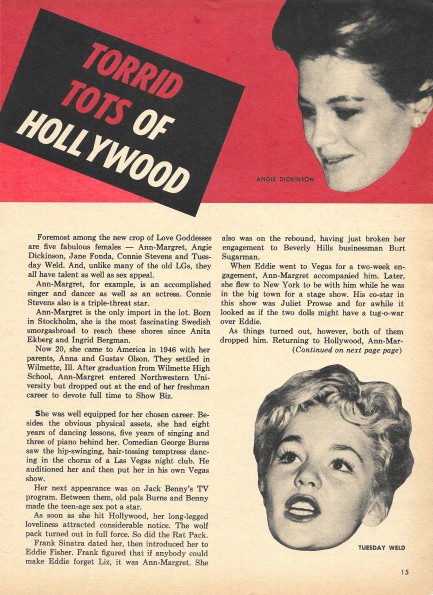 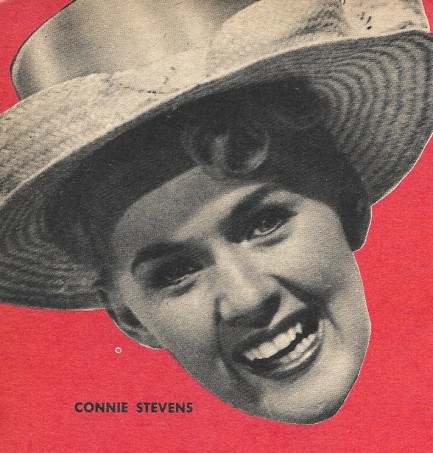 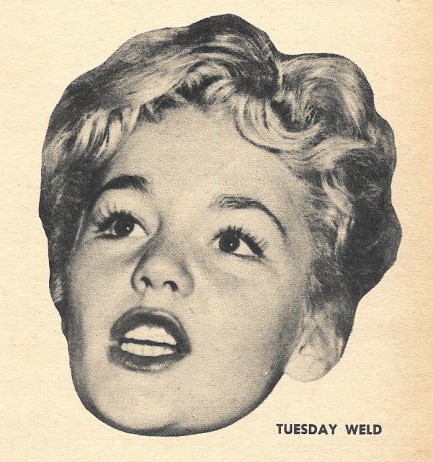 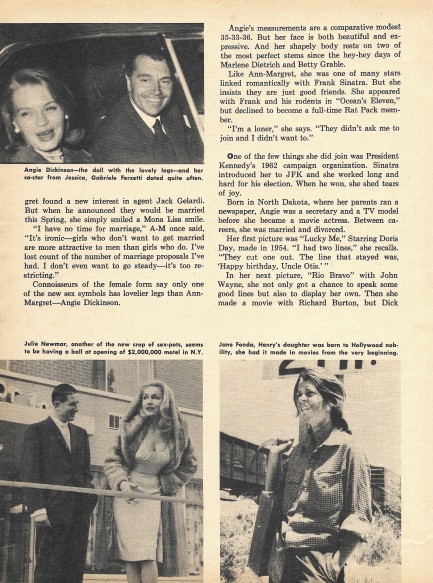 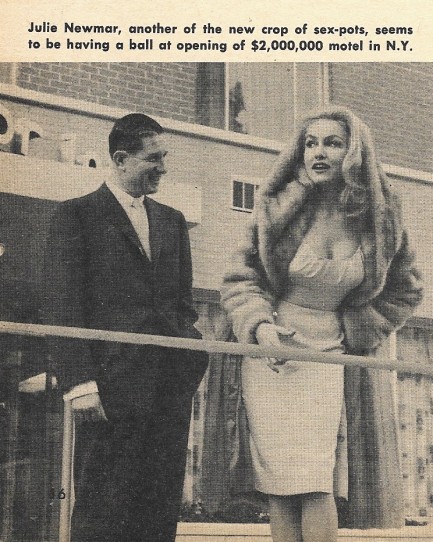 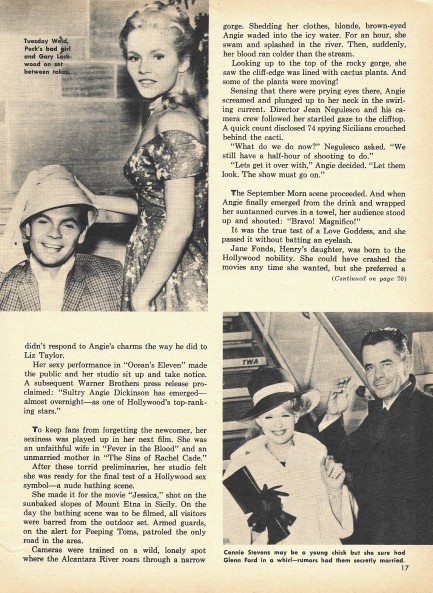 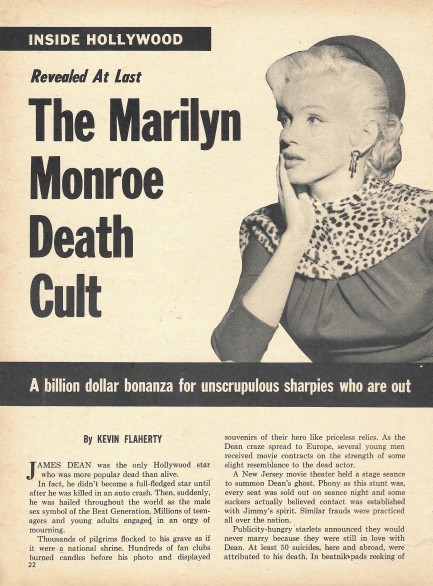 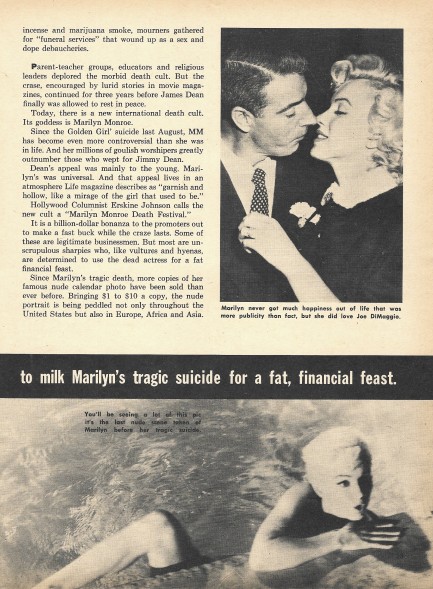 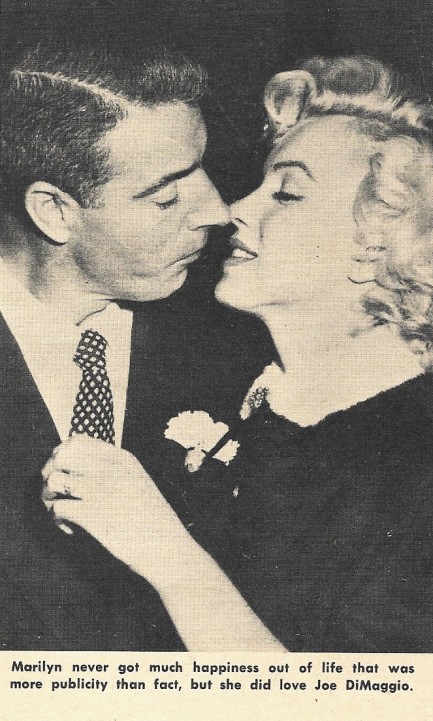  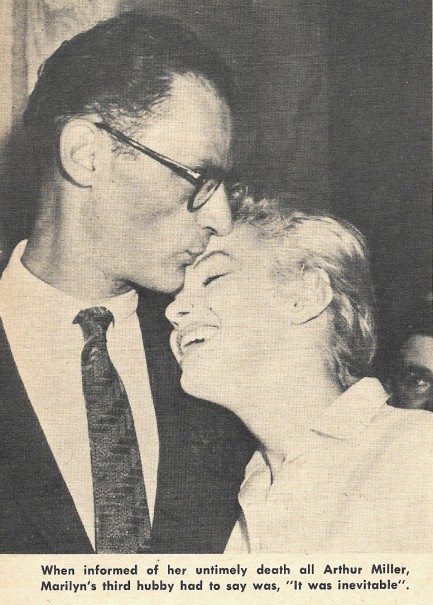  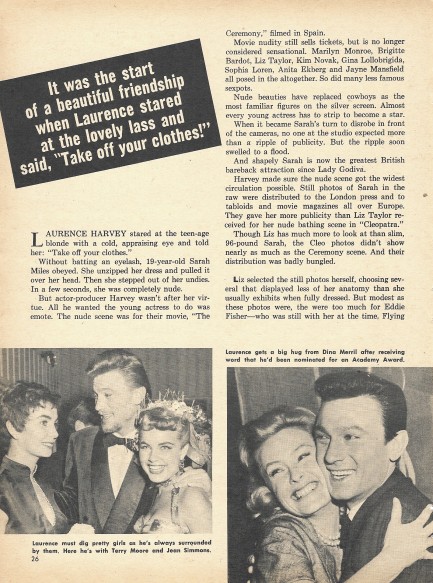 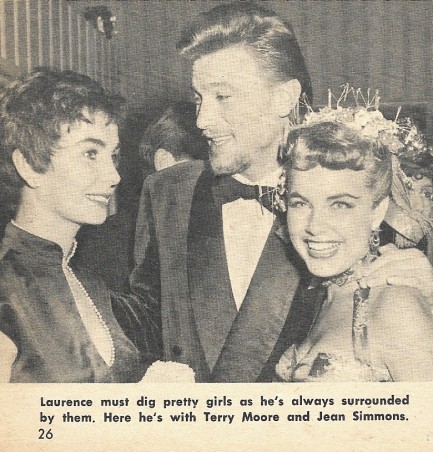 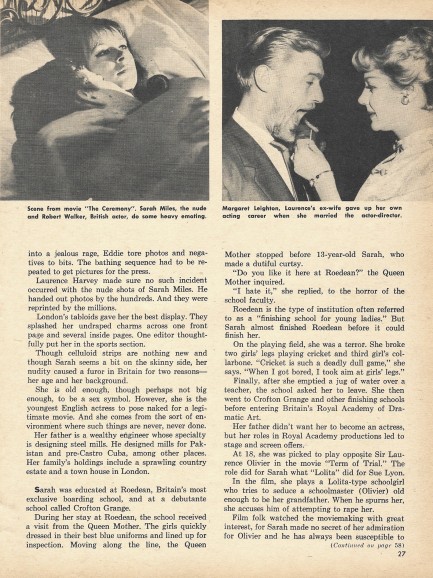 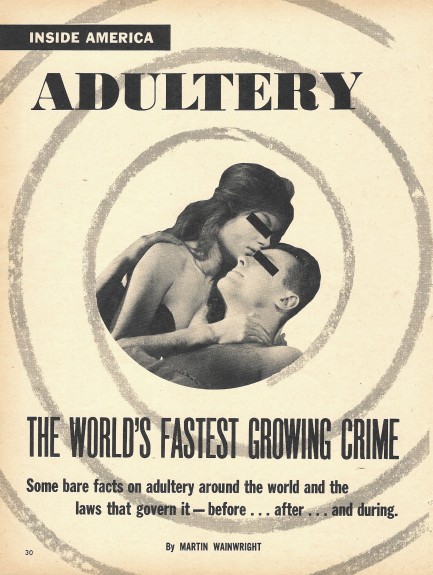 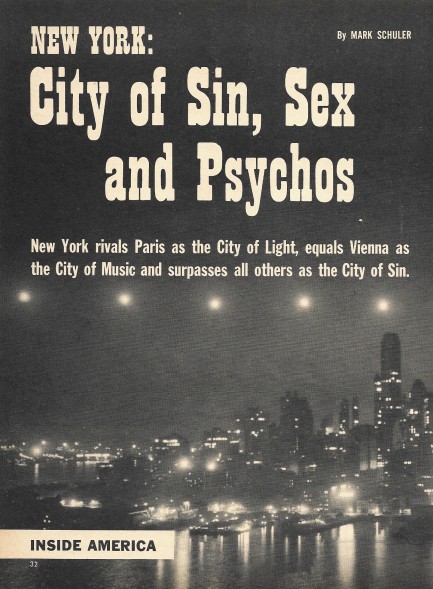  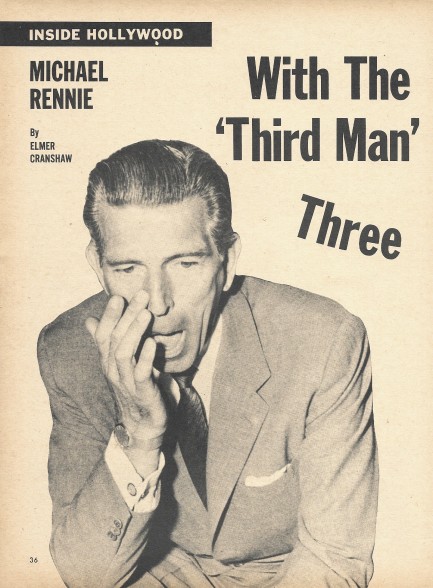 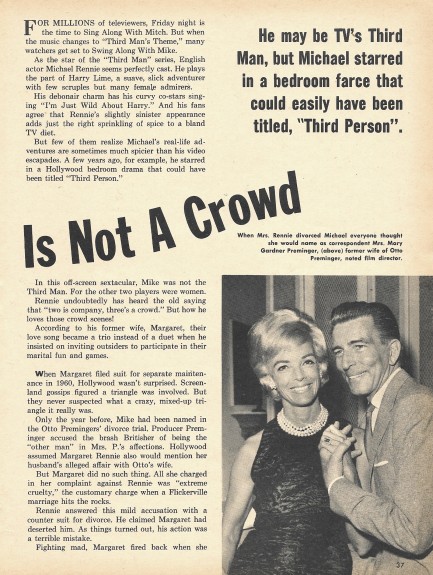 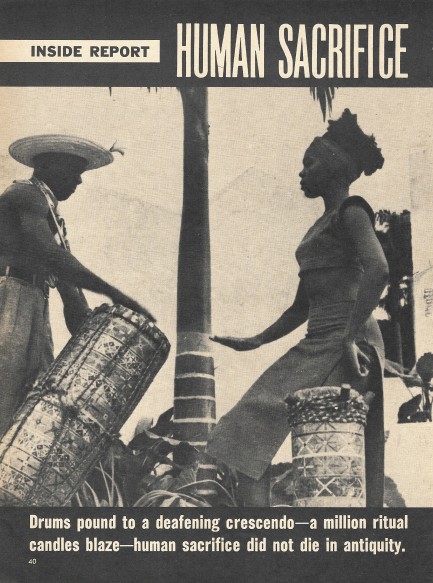 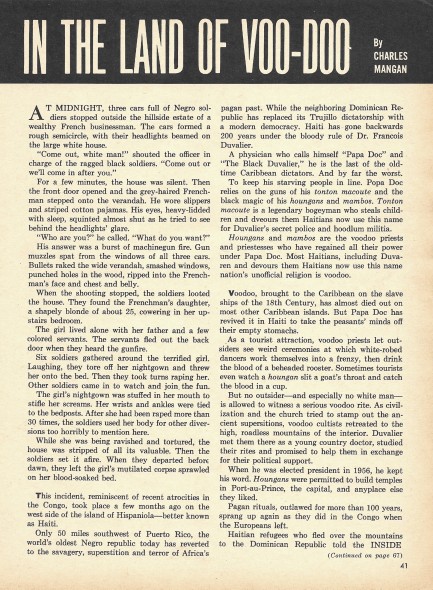  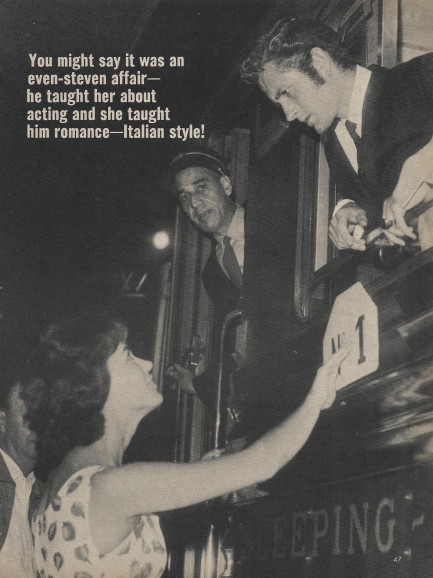 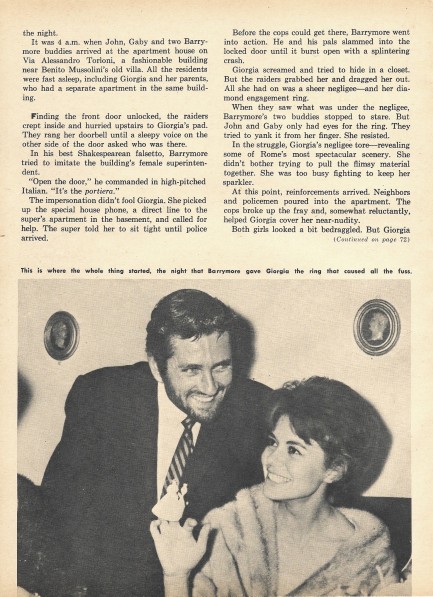 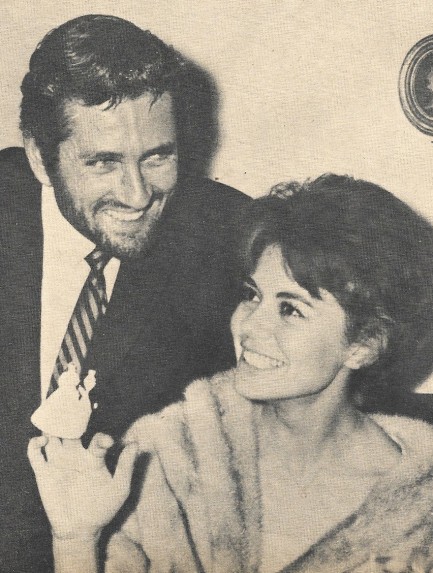
|
 |

The headlines that mattered yesteryear.
1933—The Gestapo Is Formed
The Geheime Staatspolizei, aka Gestapo, the official secret police force of Nazi Germany, is established. It begins under the administration of SS leader Heinrich Himmler in his position as Chief of German Police, but by 1939 is administered by the Reichssicherheitshauptamt, or Reich Main Security Office, and is a feared entity in every corner of Germany and beyond. 1937—Guernica Is Bombed
In Spain during the Spanish Civil War, the Basque town of Guernica is bombed by the German Luftwaffe, resulting in widespread destruction and casualties. The Basque government reports 1,654 people killed, while later research suggests far fewer deaths, but regardless, Guernica is viewed as an example of terror bombing and other countries learn that Nazi Germany is committed to that tactic. The bombing also becomes inspiration for Pablo Picasso, resulting in a protest painting that is not only his most famous work, but one the most important pieces of art ever produced. 1939—Batman Debuts
In Detective Comics #27, DC Comics publishes its second major superhero, Batman, who becomes one of the most popular comic book characters of all time, and then a popular camp television series starring Adam West, and lastly a multi-million dollar movie franchise starring Michael Keaton, then George Clooney, and finally Christian Bale. 1953—Crick and Watson Publish DNA Results
British scientists James D Watson and Francis Crick publish an article detailing their discovery of the existence and structure of deoxyribonucleic acid, or DNA, in Nature magazine. Their findings answer one of the oldest and most fundamental questions of biology, that of how living things reproduce themselves. 1967—First Space Program Casualty Occurs
Soviet cosmonaut Vladimir Komarov dies in Soyuz 1 when, during re-entry into Earth's atmosphere after more than ten successful orbits, the capsule's main parachute fails to deploy properly, and the backup chute becomes entangled in the first. The capsule's descent is slowed, but it still hits the ground at about 90 mph, at which point it bursts into flames. Komarov is the first human to die during a space mission.
|

|
|

It's easy. We have an uploader that makes it a snap. Use it to submit your art, text, header, and subhead. Your post can be funny, serious, or anything in between, as long as it's vintage pulp. You'll get a byline and experience the fleeting pride of free authorship. We'll edit your post for typos, but the rest is up to you. Click here to give us your best shot.

|
|






























































































































